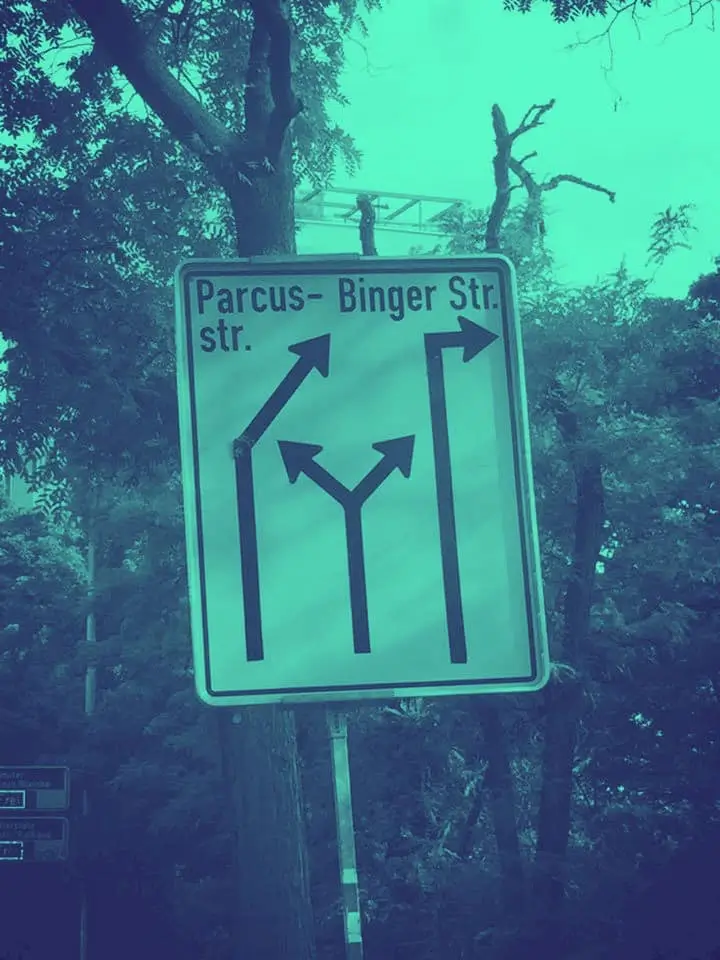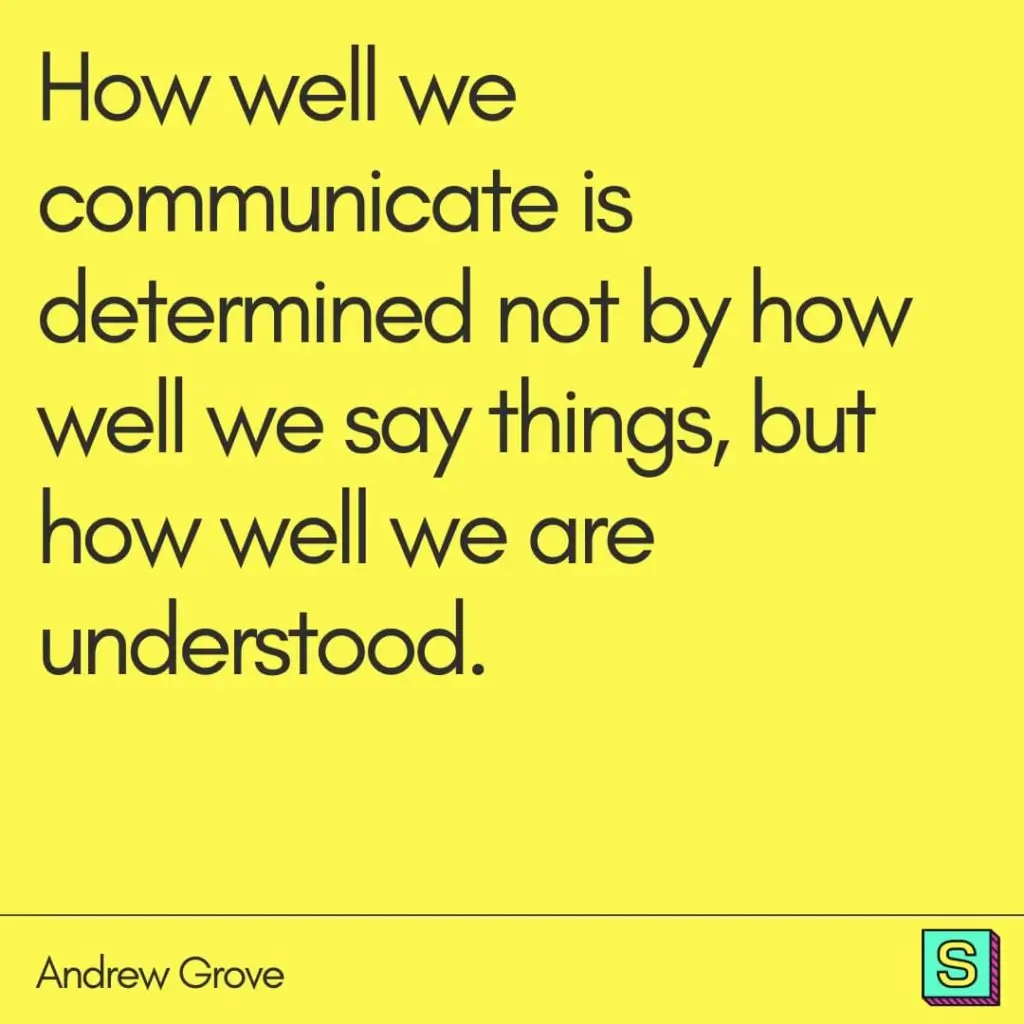
“Customers don’t trust you.”
— Mikkel Svane, CEO and Founder of ZenDesk, at Relate Live 2017
We’re experiencing an unparalleled crisis of trust.
Fake news, corporate scandals and broken promises dominate public discourse.
As a result, people ask more questions before they commit to a purchase. They’re more critical of their experience, more likely to “bounce” and buy from your competition — and more likely to complain (publicly) if something’s wrong.
So when someone visits your online shop or sales page, you have to prove yourself worthy of their trust. And you’ve only got a tiny moment to make a good impression.
In our work as conversion copywriters, we’ve come across 4 common mistakes that can put people off when they first come to your website.
In this article, I explain what they are, why they matter, and how to fix them:
- People aren’t sure what to do because your Calls to Action are not clear
- They feel confused about you and your product
- You’re talking to the wrong kind of customer
- It’s too hard to buy from you
These are not just rookie mistakes either. I’ve seen them on startup websites as well as the PDPs of global e-commerce sites, and in many different industries.
So feel free to bookmark this blog post and return to it whenever you need it.
When you’re able to establish trust with a web visitor quickly, they’re more likely to stay on the page, take in your entire message, and click through to buy from you (instead of leaving after two seconds to check out your biggest competitor).
1. Calls to action: customers aren’t sure what to do
Does your page clearly tell people what you want them to do? Or is it more akin to this street sign?

This street sign gives the A-ha song, “Stay On These Roads”, a whole new meaning… (picture taken in Mainz, Germany.)
I see this error take two distinct shapes: too many calls to action — or none at all.
Do not give in to the temptation to add more than two calls to action
It’s better to set up a separate page for less important actions that attract a smaller number of your users.
According to Conversion Expert Claire Suellentrop, this “reduces analysis paralysis, so the visitor can easily choose the correct next step.”
What to do about it:
- Identify the one or two things that are most likely to get you business.
- Explicitly tell website visitors what to do, and make your words clear rather than cute.
- Highlight the benefits of taking action by phrasing button copy as a “call to value”.
2. Organisation of messages: customers feel confused

People come to your website looking for answers to their questions and solutions to their problems. Your product page, pricing page or sales page is you having a conversation with them. Remembering this is a huge help in uncovering your value proposition and makes writer’s block much easier to fight.
Do not fall into the trap of creating info overload on a page meant to sell
Many pages that should focus on conversion are too scattered. They talk at length about what the business does, the ethics of its supply chain, and technical details. While these are all important points to get across, do not fall into this trap.
Sales pages, product pages and pricing are about explaining the value you’ll add to people’s lives, and crafting that message is worth every moment you spend on it.
Let your audience savour the future that will be theirs if they buy from you.
Move everything else to About pages and dedicated subsections of your site.
What to do about it:
CopyHackers founder Joanna Wiebe found that to inspire trust, your copy needs to tell visitors six things — in this order:
- What do you do?
- Why should I care?
- Do others like me care?
- Can you really do what you say?
- Why should I believe you? (Will you make my life better? Am I safe with you?)
- If I believe you, then what?
Start by answering each question in turn, as if you were talking to a prospective customer. Give each message its own heading or subheading. You’ll automatically tick the all-important boxes like social proof, highlighting the benefits of your product’s features, and focussing on your prospects’ goals.
Most importantly though, you will automatically avoid the trap of information overload.
3. Matching awareness: are you talking to the wrong kind of customer?
Do you sell vegan football shoes, but most of your web visitors just want cheap shoes to kick a ball twice a month? Do the people that you’re telling where you buy your organic, fair-trade massage oil even know that they want massage oil?
Many of our clients know everything about their products and how they’re sourced or made. That’s great, because it’s easy to be honest and transparent with that much info at hand. But often they’re so close to their own business that they struggle to talk to potential customers who are “newbies” in their field.
They send everyone to the same homepage or landing page, no matter how (un)familiar the visitor is with the basic concept of their offering. And that means lost business: you’ll sell more meditation app subscriptions honey if you can convince the general public that meditating is a great idea, or even that it’s easier with an app.
Without offering that crucial bit of education, your page will be stuck with existing fans of the idea.
What to do about it:
Think about the different kinds of people you want to reach with your product, and how familiar they are with the concept and your brand. Create dedicated landing pages that tell a convincing story to each type of customer.
Pay special attention to the top of your page: people take only 50 milliseconds to decide if your page is a good fit for them (Lindgaard et al. 2006 ).
For example, if your brand is a household name, just showing your logo may be all that’s needed to match people’s awareness. If you’re less well-known, put your value proposition high up on the page and use language that resonates with your prospects.
4. Ease of use: it might be too hard to buy from you
Ever been stuck at a spinning wheel in checkout? Ever rushed to complete a lengthy sign-up form on your phone, with one eye on the clock because your lunch break was about to end?
Did you ‘hang in there’ or ‘throw in the towel’ and go elsewhere? Reducing effort is the most important thing you can do to increase loyalty and improve customer service (Dixon et al. 2010).
What to do about it:
Assess your product, pricing or sales page based on a task the customer wants to complete, such as buying a product or signing up for your app.
- Does your page flow logically?
- How easy is it to buy and check out — and how intuitive?
- Does your form make it quick for people to place an order? Remember that each field you add to a form makes people less likely to complete and send it.
What comes naturally to you may be difficult for the people you want to reach, so user research is essential.
Analytics, surveys, usability testing and interviews will tell you what people really think. You’ll learn what they love about your page, what they struggle with, and what’s missing. You’ll also gain valuable insight into the content they want and the kind of language they use.
“COME and buy from us!” — Sincerely, your product page
When they hit your page, customers subconsciously respond to four things.
Reading the first letters of this list from top to bottom, we get the easy-to-remember acronym, COME:
- Calls to action
- Organisation of messages
- Matching their awareness
- Ease of use
By applying these 4 principles, you’ll get people to stay on your website for longer and buying more.
We’re here to help
If you’re not sure whether your page converts as well as it should – get in touch today to find out if we’re a good fit.
We’re Copyhackers-trained, experienced conversion copywriters with a passion for customer-focused, UX- and brand-optimised sales experiences. And will optimise your product or pricing page to increase revenue per visitor or reduce downgrades.